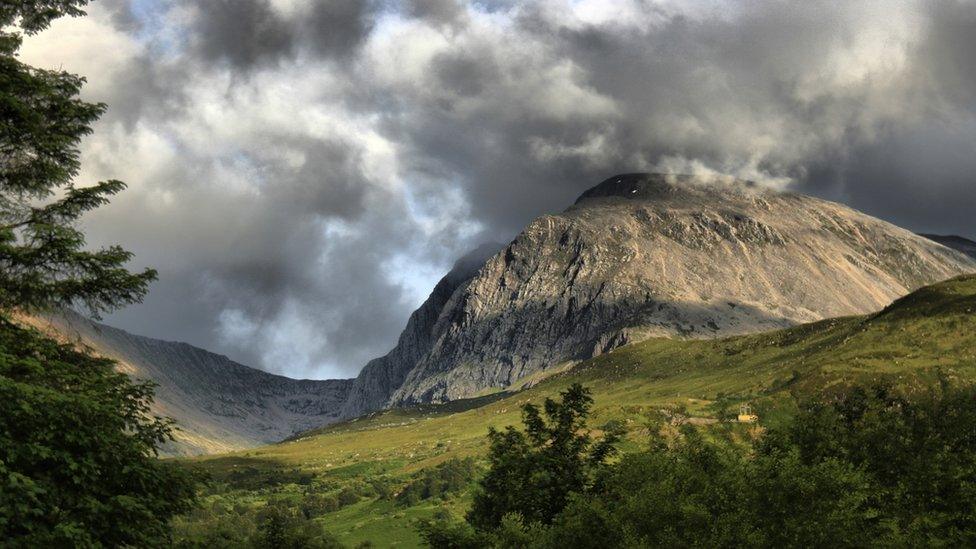Soggy Ben Nevis can be remarkably dry
- Published
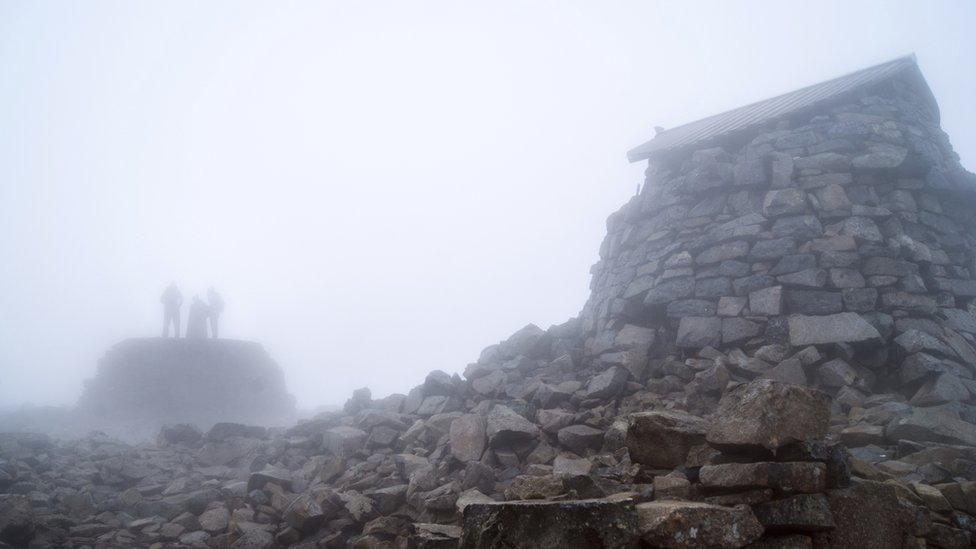
Often it's impossible to see more than a few metres into the distance
Ben Nevis - the highest mountain in Britain - occasionally experiences periods at its summit when the air is bone dry.
The revelation that this notoriously wet peak should have times of near-zero humidity comes from the analysis of a newly recovered, unique data-set, external.
Weather observations were made around the clock by a group of men who lived atop Ben Nevis from 1883 to 1904.
Their records have now been digitised for modern science by volunteers.
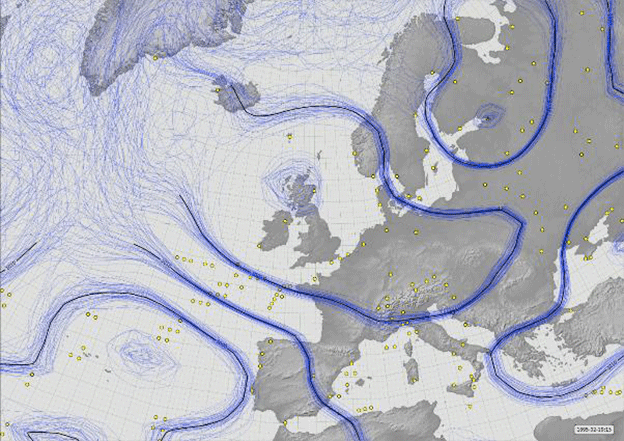
A modern reanalysis: An anticyclone (high pressure) on 19 February 1895 centred over Scotland resulted in several hours of near-zero humidity at Ben Nevis's summit
The rescue effort has provided new insights, not just on the nature of the meteorology at the summit of this 1,345m-high Scottish Munro but of conditions in general across the British Isles in the late 19th Century.
"These men on Ben Nevis were really puzzled why, for a couple of days, the air would be as dry as it could be, when most of the time they would be living inside a cloud and 100% humidity!" said Prof Ed Hawkins from Reading University.
"Today, we recognise that dry air can sometimes descend from the stratosphere to near the surface in high pressure systems. So, while it was a mystery for them, we can now go back and reanalyse their data to see these events unfold and explain them."
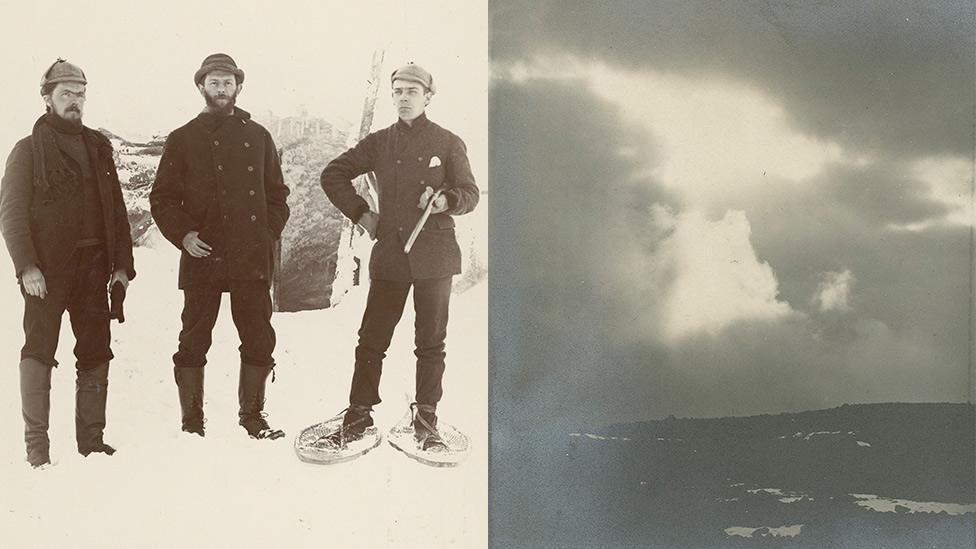
The Weathermen: To live on Ben Nevis is to live in the clouds
The famous "Weathermen of Ben Nevis" would take measurements of temperature, pressure and humidity on the hour, every hour. Quite a challenge in the worst of winters.
Their activity was an early attempt to understand how conditions varied with altitude. This, remember, was a time long before the widespread use of radiosondes (weather balloons) and satellites.
And in that sense the men's dedication paid dividends, even if they didn't always fully comprehend what their instruments were observing.
Stephen Burt, also from Reading, said such ultra low-humidity events would have been totally unrecognisable to anyone used to taking measurements closer to sea-level.
"There is only a single reliably documented instance of a humidity below 10%, far less approaching zero, at any lowland site in the British Isles," he told BBC News.
"At RAF Honington in Suffolk, the humidity fell to 8% at 1400 GMT on 30 June 1976, during that summer's intense heatwave. In contrast, the Ben Nevis Observatory recorded values of 10% or less on 368 hours in 21 years 1883-1904, an average of 17 hours every year."
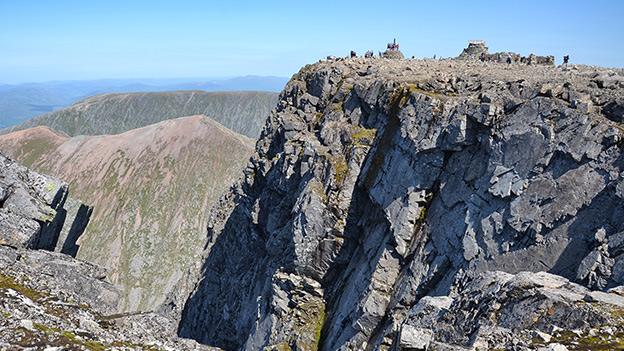
An account of the Ben Nevis humidity records is reported this week by the Reading team in the International Journal of Climatology, external.
Citizen scientists have managed to digitise nearly all of the weathermen's observations, which were kept in bound volumes after their operation was closed down.
Professional researchers are using some of this information to reconstruct major events, such as the destructive 1903 "Ulysses storm", so-called because it was mentioned in James Joyce's classic novel.
Rescuing old weather data is therefore a hugely productive endeavour as it helps put modern events in context.
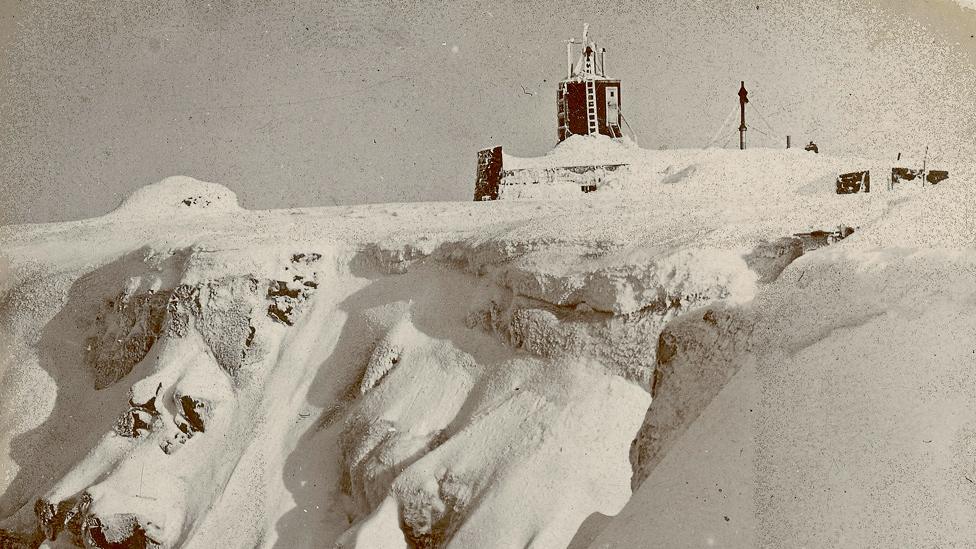
The 1883 to 1904 observatory was funded largely by the Scottish Meteorological Society
Just last week, which was British Science Week, external, there was a big push for volunteers to help convert the Met Office's "Daily Weather Reports" from 1861 to 1865, external.
These were started by Vice-Admiral Robert FitzRoy shortly after he founded the national weather agency. The observations, which were taken at a small selection of stations in the UK and parts of Western Europe, are in handwritten tables. They need to be put into a form that computers can use.
By the end of Science Week, some 1,200 volunteers had completed about 300,000 tasks. Citizen scientists are needed to crack on with the 1866-1867 data this week.
Prof Hawkins said: "As an example of why we are doing this: there was a severe flooding event near Leeds in November 1866 which this rescued data will help us better understand. That event was only beaten by the remarkable events of December 2015 which occurred in a very different concrete landscape."
For Stephen Burt, the rescue work is a way of paying tribute to the pioneering spirit of the early meteorologists.
"My greatest value in revisiting the Ben Nevis observations? Seeing the records made on the summit, in often incredibly hazardous and inclement circumstances, made available to modern science at last," he told BBC News.
"State-of-the-art instruments, dedicated observers, very high-quality published records and now 3,500+ crowd-sourced volunteers have given us the ultimate mountain weather record, one that will prove to be of immense benefit to all sorts of applications in the coming years."
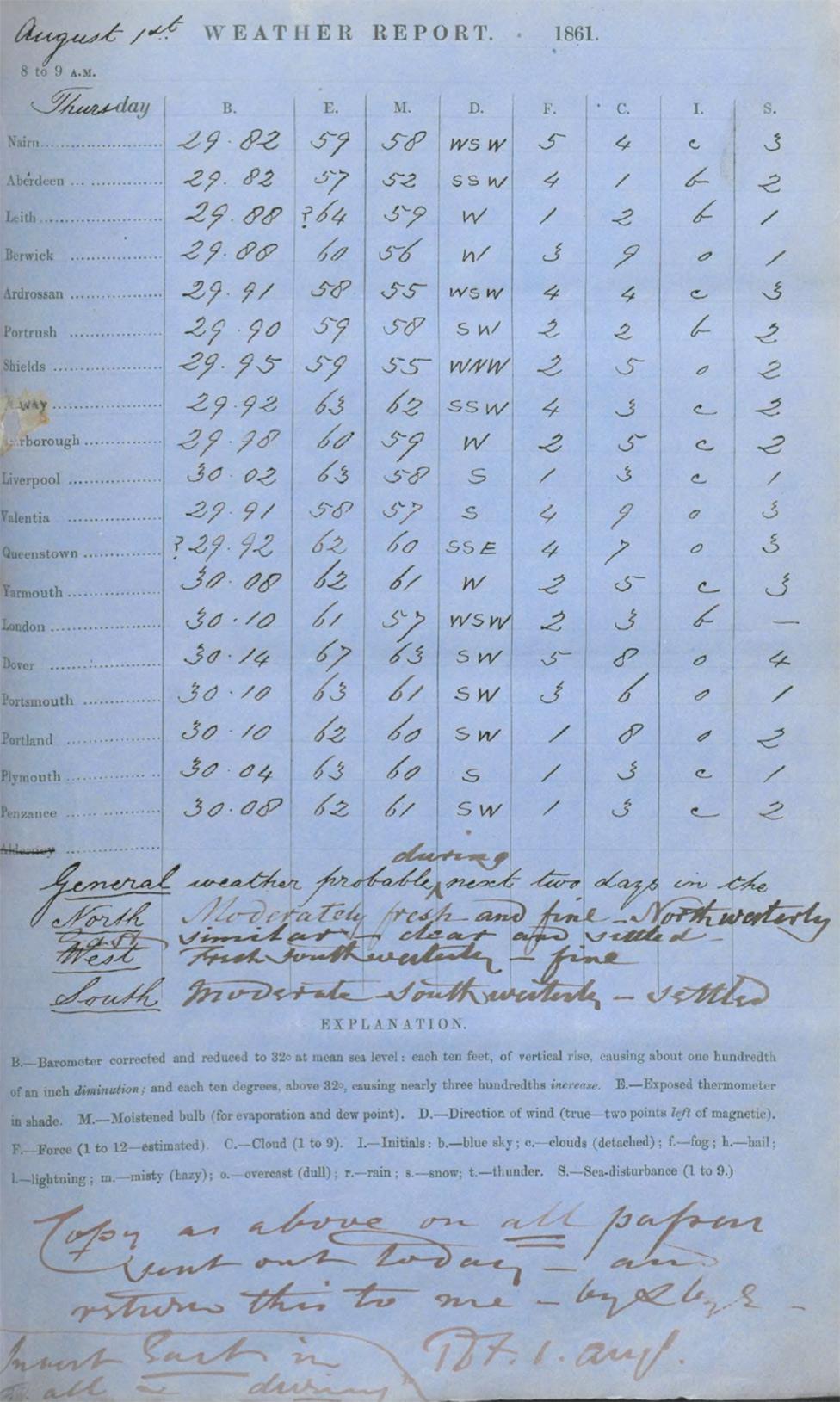
Volunteers have been converting handwritten tables into a digital format

Jonathan.Amos-INTERNET@bbc.co.uk, external and follow me on Twitter: @BBCAmos, external
- Published11 December 2017
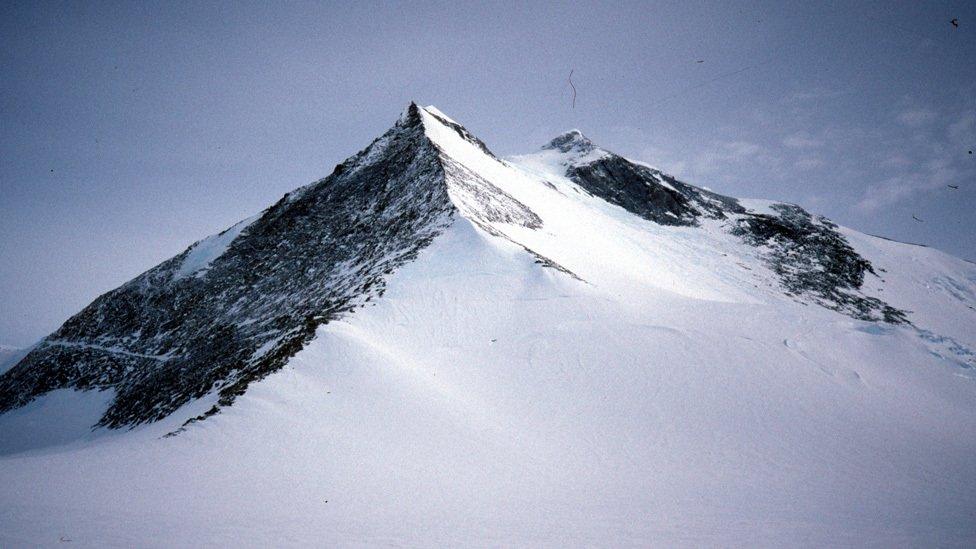
- Published30 November 2017

- Published9 November 2017
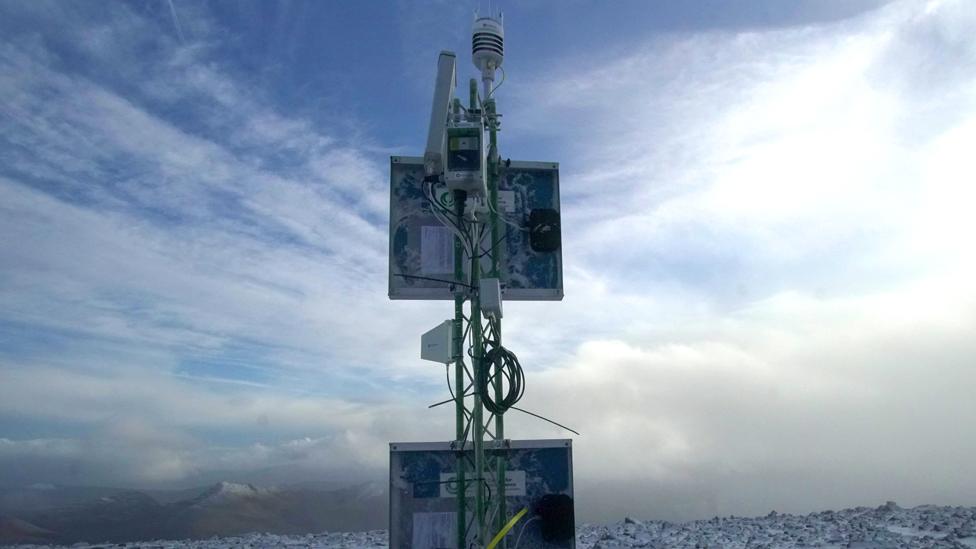
- Published6 September 2017
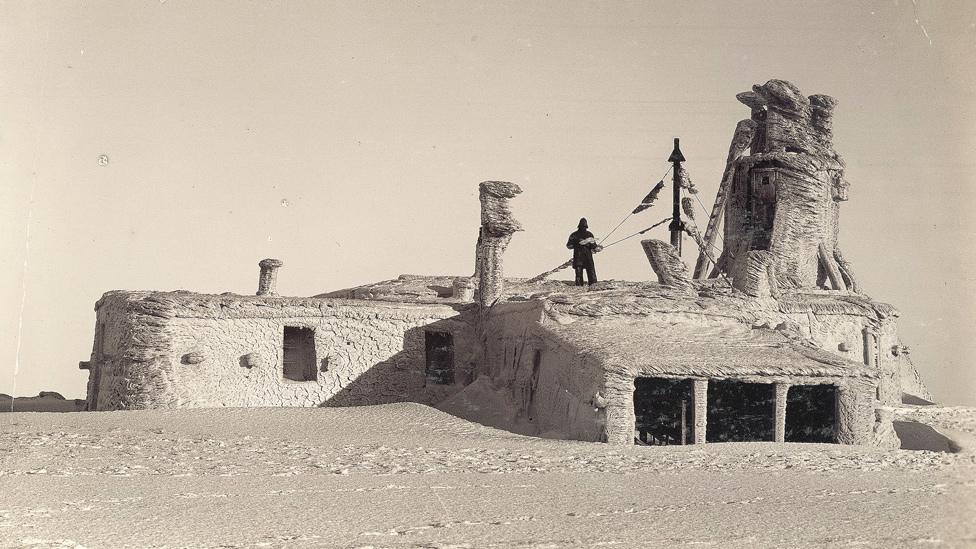
- Published18 March 2016
